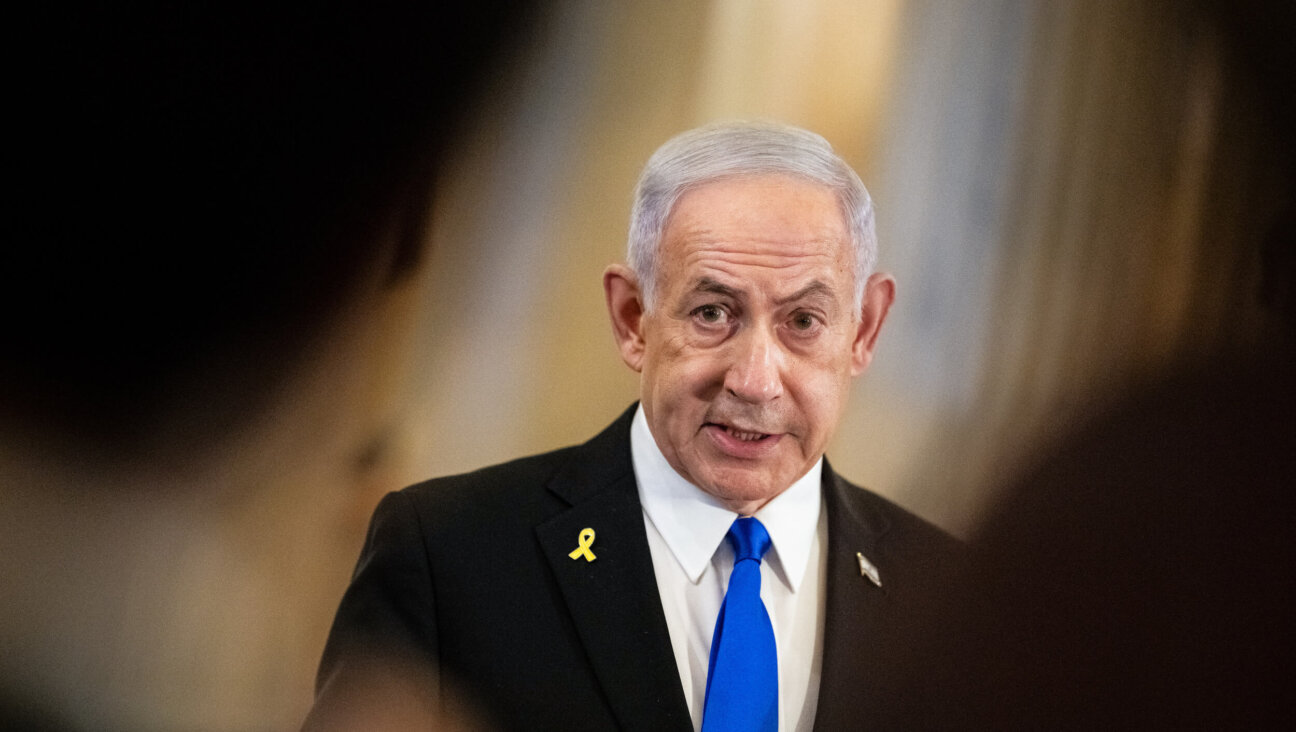Revisiting Auschwitz
On an average day in 2010, nearly 3,800 people visited Auschwitz, up from about 1,200 a day in the year 2000.
Such numbers jar me, since my vivid recollection of my own life-changing visit, in 1973, is that in addition to the 42 folks I was traveling with, there were no more than a hundred or so others milling about. The reality of Auschwitz as a tourist attraction is less than implausible; it is disruptive.
We learn the current numbers from Piotr Cywinski, director of the Auschwitz-Birkenau State Museum, who is quoted extensively in a February 18 New York Times article that reports on plans to change the visitor’s experience, to enrich and deepen it. As Cywinski puts it, “It’s not enough to cry. Empathy is noble, but it’s not enough.”
We cried. We sobbed, we wept, we clung to each other for support. Before the war, Auschwitz I had been a Polish army barracks, two-story red brick buildings, not unattractive. Now in each there was one of what have by now become iconic exhibits, glass cases filled with shoes, with human hair, with prostheses, with suitcases, with brushes of every kind, with eyeglasses — and here, among the shoes, a wooden shoe, and suddenly a world is conjured, a Dutch woman, and there, amidst the hair, an intricate blond braid, personhood preserved. And rack upon rack of tallesim, prayer shawls. Enough to prompt the tears.
And then, a space between the barracks, a free-standing wall, “the wall of death,” where, so we were told, prisoners, mainly intellectuals from Krakow, were shot, the crisper path to death than the gas chambers and crematoria. And only then, yet another barrack, yet another glass-encased exhibit, this time on the second floor, a glass case of modest proportion, coffee-table shape and size, and beneath the glass: babies’ pacifiers.
It was not until 1991, in a speech by then senator Bill Bradley, that I learned of what Richard Wright, the author of “Native Son,” had observed about that book some years after it was published: “I found that I had written a book that even the banker’s daughter could read and weep over and feel good about. I swore to myself that if I ever wrote another book no one would weep over it; that it would be so hard and deep that they would have to face it without the consolation of tears.”
But some sense of that was with us on that drizzly day at Auschwitz, for the tears stopped when our guide told us that the “Jewish Pavilion” was closed for repairs, anger displacing sorrow. We insisted and he finally went off to fetch the key to a building as unprepossessing outside as in, the shabbiest room we’d been in, dusty, non-descript exhibits, too dilapidated to evoke desolation — until, off in the corner, we came upon a cheap copy of Picasso’s “Guernica,” and were powerfully reminded of the larger context, of cruelty and violence as constants in the human/inhuman saga. Yet the artist’s reminder served somehow to enhance the authenticity of the place. For above all else, Auschwitz, perhaps more than any other place on Earth, embodies authenticity. No masks or disguises, no rhetorical flourishes, no formulaic consolation or comfort. There is no comfort. Auschwitz is not a symbol; it is a cemetery.
But it is now 66 years since Auschwitz was liberated, and new generations must be helped to find their own way into learning what happened there and why such learning matters. That is what the new plans, supported by Poland, Germany, Austria and the United States are meant to accomplish. Piotr Cywinski is just 39 years old, yet the memory and the lessons that need learning seem safe in his hands. This is what he says: “More or less eight to ten million people go to such exhibitions around the world today, they cry, they ask why people didn’t react more at the time, why there were so few righteous, then they go home, see genocide on television and don’t move a finger. They don’t ask themselves why they are not righteous themselves.”
That is not an easy question for us to ask ourselves. Nor is it only genocide that ought prompt such questions. The experience of Auschwitz itself, as also the trail of tears that preceded the arrivals and the disposition of the people after the slaughter were all elements in a program of dehumanization that became quite routine.
While the Shoah belongs to us, the Jews, we do not own it (nor must we allow it to own us). It remains fundamentally incomprehensible, though all the scholarship and the memoirs and the testimonials and the museums are gifts of inestimable value. We can study and we can learn, but in the end all that we can know for certain is that the battle against dehumanization must be waged every day, everywhere.





















